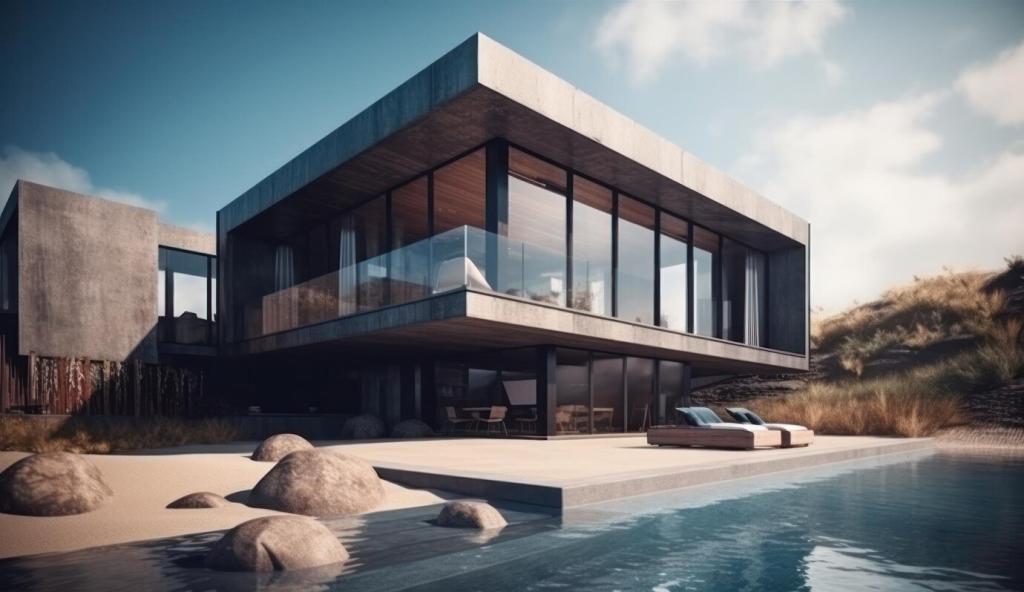Living by the Rules: Real Estate Laws Affecting Exclusive Neighborhoods
Chosen theme: Real Estate Laws Affecting Exclusive Neighborhoods. Step behind the gates to see how zoning, covenants, preservation rules, and tax policies quietly shape daily life, property values, and community culture. Join the conversation and subscribe for practical insights and stories.


Minimum Lot Sizes and Single-Family Mandates
Minimum lot sizes of one acre or more can prevent small infill homes, effectively limiting entry. Combined with single-family-only designations, they sculpt quiet streets while restricting diverse housing options and price points.

Height Caps and Protected Views
In hillside or coastal enclaves, height caps preserve prized panoramas and property values. A neighbor’s planned roof deck can trigger hearings, view corridor studies, and negotiated setbacks that reshape designs before a single beam rises.

Conditional Use Permits and Special Exceptions
Even in restrictive zones, owners pursue conditional use permits for guest houses, studios, or galleries. Success often hinges on traffic, noise, and precedent. Share your experience navigating hearings or securing approvals that balanced ambition with community expectations.
HOAs and CC&Rs: The Private Legislatures of Luxury Communities
Architectural review boards scrutinize materials, massing, and color to maintain cohesion. Think slate over metal, limestone over stucco. One owner’s daring glass façade became a story of compromise after iterative reviews and neighborhood walk-throughs.




Short-Term Rentals and the Right to Quiet
Registration, Caps, and Minimum Stays
Cities increasingly require registration numbers, occupancy caps, and minimum-night stays. In upscale enclaves, special permits may exclude certain streets or buildings. Before hosting, confirm both municipal rules and your HOA bylaws to avoid fines and strained neighbor relationships.
Nuisance, Proof, and Neighbor Relations
Noise complaints rarely tell the whole story. Document dates, decibel readings, and outreach. One reader resolved a recurring patio party by proposing quiet hours and contact sheets, avoiding a lawsuit and strengthening a fragile block-wide peace.
Condo Bylaws and Leasing Minimums
Condominium documents often impose thirty-day minimums or prohibit vacation rentals entirely. Lenders sometimes require rental stability, too. If you are weighing reforms, survey residents, pilot policies, and publish data so decisions feel principled, not punitive.
Historic Preservation vs. Modern Luxury
Certificates of Appropriateness and Negotiated Design
Adding wings, decks, or pools in designated districts usually requires a certificate of appropriateness. Staff reports, sightline mockups, and public comments matter. Bring empathy and options; collaborative designs often win approvals without erasing history.
Material and Color Palettes in Protected Districts
Historic palettes limit glossier finishes and reflective glass. When a family sought bronze cladding, the board suggested patinated copper after a field test at sunset. The result felt contemporary yet respectful, and the project sailed through.
Sustainability Retrofits in Protected Homes
Solar panels, high-efficiency windows, and geothermal systems face aesthetic limits. Try low-profile arrays, interior storms, or landscape screens. Tell us how you blended sustainability with preservation and inspired your neighbors to follow your lead.


Taxes, Transfers, and Ownership Structures
Several cities and regions impose higher transfer taxes on multimillion-dollar deals, funding services or housing programs. Buyers and sellers plan around thresholds, timing, and carve-outs. Ask your advisor early; surprises here are expensive and avoidable.
Taxes, Transfers, and Ownership Structures
LLCs and trusts can protect privacy and liability, yet transparency initiatives are growing. Beneficial ownership disclosures may be required. Consider who sees what, when, and why—and how that affects negotiations, insurance, and neighborhood trust.
Environment, Access, and the Public Interest
Coastal and lakeside parcels face setback rules to protect dunes and banks. One cliffside pool was redesigned inland after a geotechnical review showed erosion risks. Share your story of adapting plans to respect fragile landscapes.

